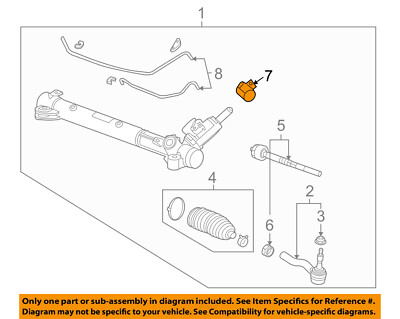Hey everyone!
My 2012 Cadillac CTS Coupe RWD has been having major power steering issues lately. The fan that prevents the vehicle from overheating went out along with the overheating fan at the same time. I had the fan replaced. Now the vehicle is no longer overheating but the "Service Power Steering" message still comes off and on while I am driving. When it does come on, it is hard to steer. It is not on the entire drive but it is fairly frequent. Any ideas as to what could be wrong? I bought a new power steering pump and am going to have a mechanic put it in but he told me it could be other things as well and I do not want to waste the money if that is not the cause as it does go in and out. I was also told it could be the oil center unit needing replacement because it is not transferring fluid to the power steering. Any ideas as to what this could be or how I could figure out the cause for sure prior to paying for a costly job? Perhaps others have had this issue and can advise how they fixed it?
Also note that my power steering fluid is full.
I would appreciate any assistance you can provide. Thank you!
My 2012 Cadillac CTS Coupe RWD has been having major power steering issues lately. The fan that prevents the vehicle from overheating went out along with the overheating fan at the same time. I had the fan replaced. Now the vehicle is no longer overheating but the "Service Power Steering" message still comes off and on while I am driving. When it does come on, it is hard to steer. It is not on the entire drive but it is fairly frequent. Any ideas as to what could be wrong? I bought a new power steering pump and am going to have a mechanic put it in but he told me it could be other things as well and I do not want to waste the money if that is not the cause as it does go in and out. I was also told it could be the oil center unit needing replacement because it is not transferring fluid to the power steering. Any ideas as to what this could be or how I could figure out the cause for sure prior to paying for a costly job? Perhaps others have had this issue and can advise how they fixed it?
Also note that my power steering fluid is full.
I would appreciate any assistance you can provide. Thank you!






